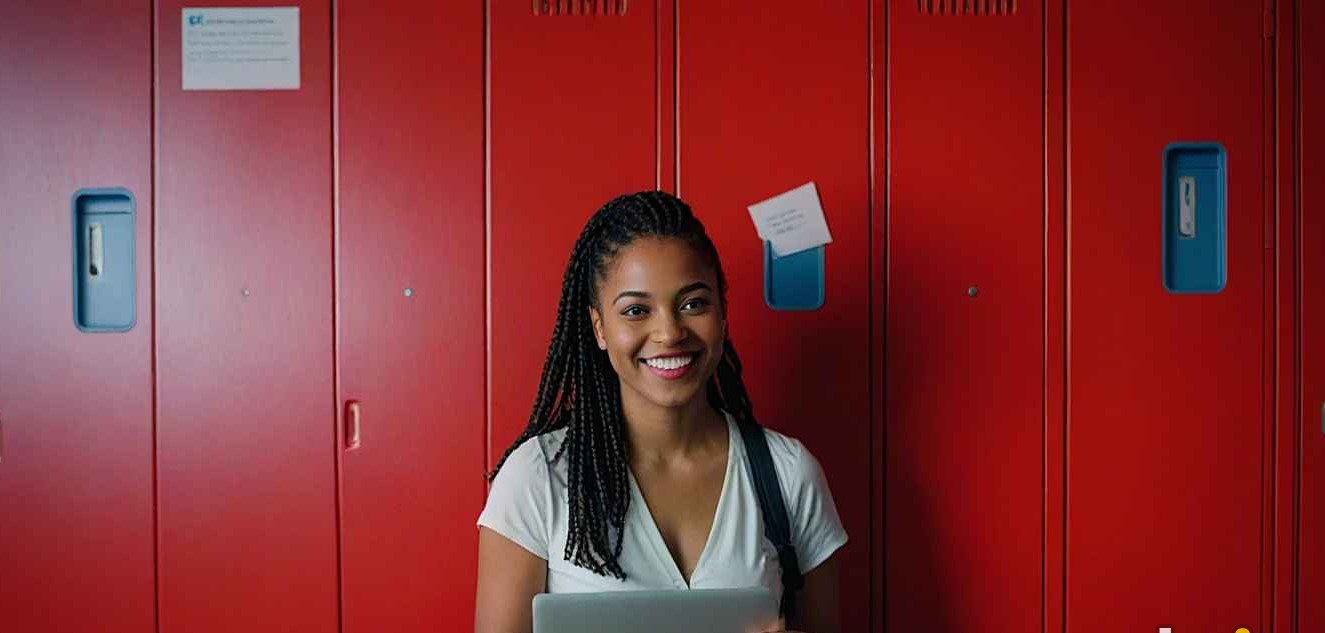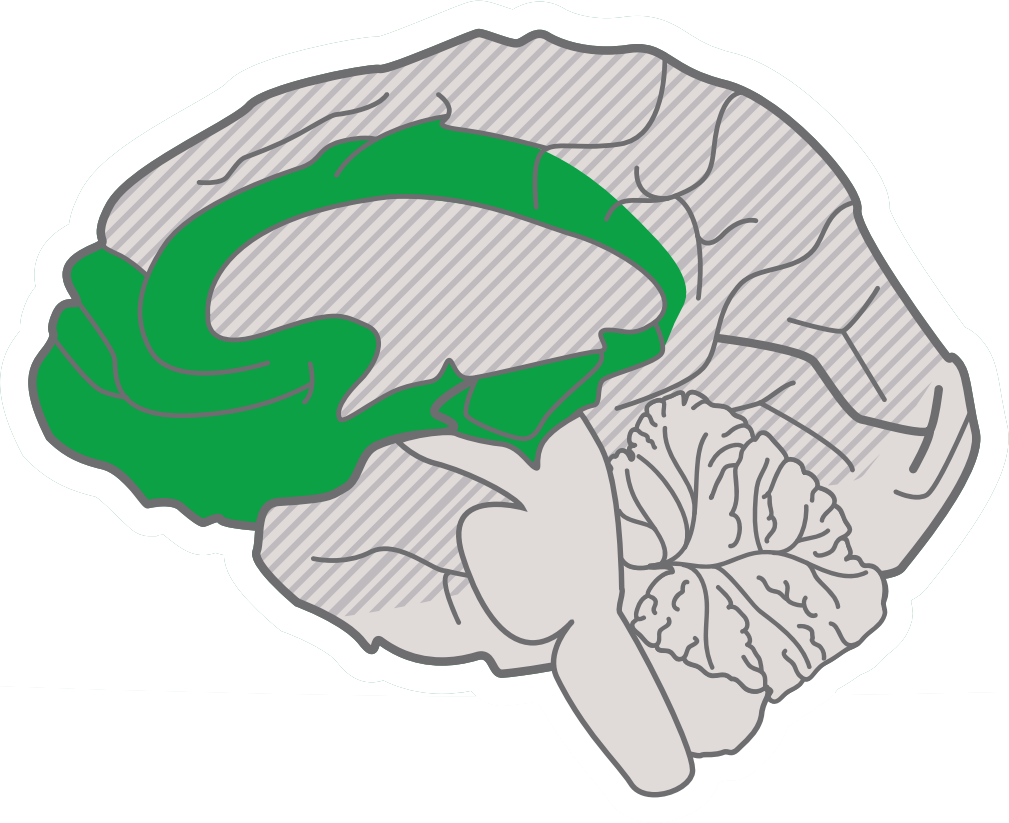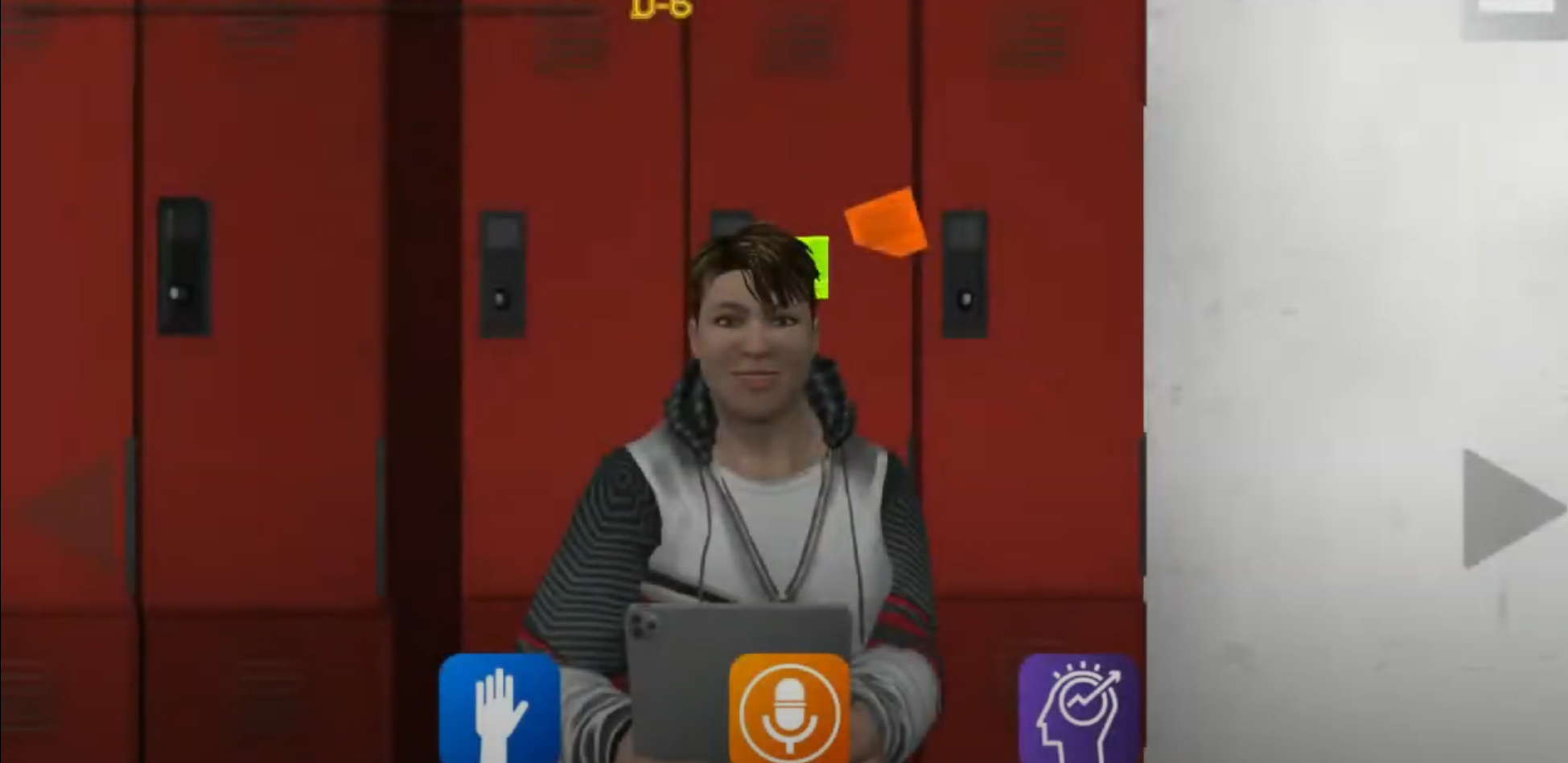Listen to a discussion about this blog
We’ve covered navigation and motivation or engagement, but there’s one more crucial ingredient for successful VR learning experiences: relevance. Students are more likely to engage with content that connects to their real-world experiences and interests. In some of the gaming or simulation literature, this also is reflected in the idea of the user presence. Do they feel that they are part of the simulation and more important, there is a value and purpose in being part of this simulated or game-based experience.
Carreon et al. (2024) found that students crave VR environments that mirror their everyday lives. Think virtual classrooms, cafeterias, and even sensory rooms. It’s not about escaping reality; it’s about enhancing it. Students seek familiarity in the virtual world. The more they can relate to the context of the simulation, the further the knowledge and skills embedded within the learning simulation are to be understood, learned, and available to the student for real-world generalization. The VOISS project takes this concept to heart, creating virtual scenarios that simulate real-life social interactions and challenges, set in school-based environments (e.g., classroom, hallway, cafeteria) which in turn, allow students to practice essential skills in a safe and controlled environment.

This is an AI generated image using a screenshot from VOISS of a girl in front of a locker. Generated using dzine.ai.
Bringing the Real World into the Virtual
- Familiar Settings: Recreate familiar school environments or community spaces in VR to provide a sense of comfort and connection. With the growing technology (e.g., 360 cameras), virtual environments can be based on real-world school environments. While not their actual classroom, the user is aware they are in a classroom and thus, all the expectations and experiences that encompass a classroom.
- Real-World Content: Incorporate current events, social issues, or personal interests into VR experiences to make learning feel more meaningful and relevant. This might be the addition of a School Mascot, a lunch menu, a sports team, or similar items that illustrate what would be common in a school.
- Authentic Voices: Use real-life audio or video recordings of students and teachers to create a more personalized and relatable experience. The VOISS project utilizes AI technology to generate diverse and realistic social interactions, further enhancing the authenticity and relevance of the virtual experiences. At the same time, the avatars are actual voices of middle school students accompanied by various recorded adult voices for the educators in the learning environment.
Conclusion: The Future of VR in Education
VR simulations have the potential to transform education, but only if we design experiences that optimize choice, offer just-in-time feedback, and develop user’s self awareness through the personalized learning experience. By incorporating the principles of UDL, particularly its first principle – multiple means of engagement – and the insights from Carreon et al. (2024), we can create VR environments that truly empower all learners. The future of learning is virtual – let’s make it meaningful! The VOISS project is an effective example of how research-based design and innovative technology can come together to create transformative learning experiences for students with disabilities, particularly those with learning and intellectual disabilities as well as their peers with autism.
The UDL Connection
Relevance is at the heart of the UDL principle of providing multiple means of engagement. By making learning feel personal and connected to students’ lives, we can tap into their intrinsic motivation and create a more powerful learning experience. Through many of the contextual clues, VOISS and similar VR simulations optimize relevance and authenticity of the VR while also seeking to foster belonging and community within the simulation. In turn, the design options provide the initial access to engagement with relevant supports. Carreon et al. (2024) emphasize the importance of aligning VR design with UDL principles to create inclusive and effective learning experiences.

Food for thought: How can we use VR to foster collaboration and creativity in the classroom? The possibilities are endless! Drop a note in the comments and lets us know your ideas.
Carreon, A., Rowland, A., Smith, S., Lowery, A., & Mosher, M. (2024). Designing for Successful Educational Experiences in Virtual Reality Environments. Journal of Special Education Technology, 0(0). https://doi.org/10.1177/01626434241277191

